Roger Champenois' mad runaway

This episode takes us back to the 1960s, to the era of black and white television and when the gendarmes still wore the high cap.
The central figure in the "Champenois affair" has become a legendary figure in the written or oral tradition in the "Pays de Gaume".
We wrote stories and scenarios about this affair, Jean-Claude Watrin sang about this story and Jean-Claude Servais wrote a comic strip on the subject.
Roger Champenois is originally from Buzenol, but, after his mad runaway, it was in the wood of Rastad, in Villers-sur-Semois that he was finally captured.
For the first time after thirty years of silence, Roger Champenois has agreed to testify in Faits Divers on RTBF, for a broadcast on November 3, 1993.
The present story is largely based on this program.
It mainly covers the beginning of the affair and essentially what concerns the municipality of Etalle and its immediate surroundings.
A large number of more complete stories exist, either written or radio broadcasts , which also inspired us.
So here is that story. The story of a young lumberjack, illiterate, who marries a woman 25 years his senior, a rich woman, the one we called "the chatelaine".
The chatelaine and the lumberjack
Childhood and adolescence
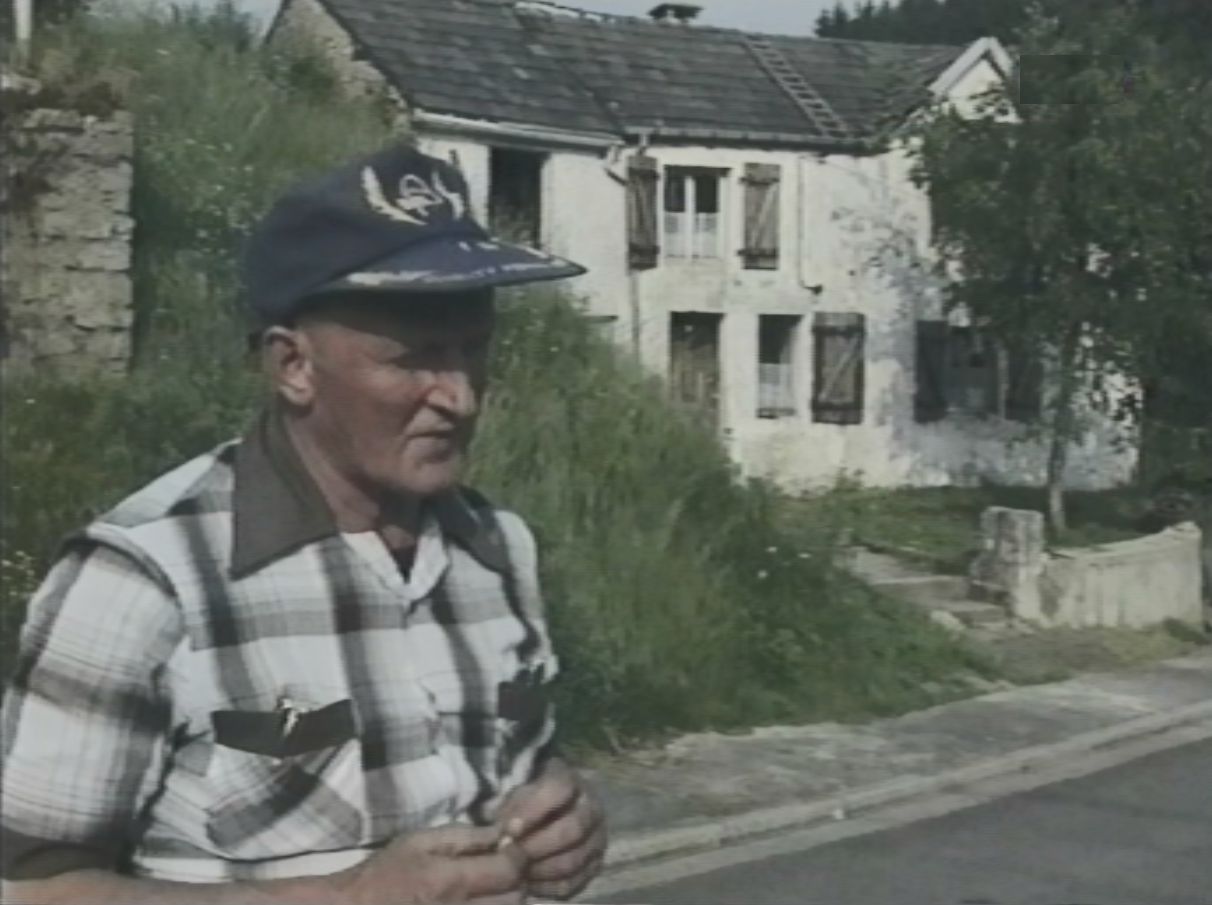
Here is my little house, I was born on the 16th in 29 and I lived there until my marriage in 53.
I lived there with my dad, who died very young, in 47, at 47, and my mom, who died in 62.
I had 3 half-brothers, who came from my mom's first marriage.
I am the only Champenois, my dad has never been married. He lived with my mom for 20… 30 years, but they were never married.
But he recognized me and gave me his name.
Roger was born on November 15, 1929, he is probably the son of a French officer met by his mother Augusta in Algeria, who died before Roger was born.
Auguste Champenois, originally from Virton, will meet Augusta and will recognize the child.
It is a family with a heavy inheritance.
They are called the "farceurs of Buzenol", because an ancestor sold sausage stuffed with pork scraps and therefore, he was a "farceur" (in english : man who "stuff") since he sold stuffing and Roger, his descendant, is the "last farceur".
One of the sons of this ancestor served time in prison, notably for indecent assault on a little girl, another was convicted of having killed his wife and the only thing he said was "I should have buried it deeper ".
The mother, Augusta, known as the Tata, and her companion, Auguste Champenois, appeared before the assizes for having attacked a shopkeeper with a bottle to steal the cash register.
Roger's childhood home is currently number 5 rue du Musée in Buzenol.

In class, at Buzenol, I was always punished for doing funny things.
So the others laughed and the teacher punished me.
So as it was not going well, my father said to me: "You do nothing, well you will come to work with me, we will see how it will go.".
But it's something else than going to school… With the ax and the sledgehammer, chopping pieces of wood… Despite everything, I was happy, because I was no longer going to school.
My dad was a real lumberjack, he never did anything but that all his life and it was he who taught me his trade.
By his adoptive father, he will be introduced to life in the woods: poaching, logging, a life in the great outdoors!
He is exempt from military service, he becomes a lumberjack, appreciated by the locals. He is silent, lonely, but he is a conscientious worker.
Meeting with Elisabeth Danniau

He meets Elisabeth Danniau, known as "Betty la Rousse" (Betty the redhead), "La dame en noir" (The Lady in black) or "La Bruxelloise" (The Brussels woman) .
She is 25 years older than him, she was born in 1904, she had a somewhat sulphurous past. She worked in the capital in "bars".
There she met an extremely wealthy doctor at the end of the 1930s, who took her as his mistress.
He brings her to Montauban, in the "house of the master of the forges" which is his second residence. Elisabeth now leads the life of a duchess there.

At the end of the war, their relationship ended, Elisabeth left the estate, not without having received some goods: a villa, titles, money.
She is approaching fifty, she lives alone, in a mill, at the Fourneau Marchant.
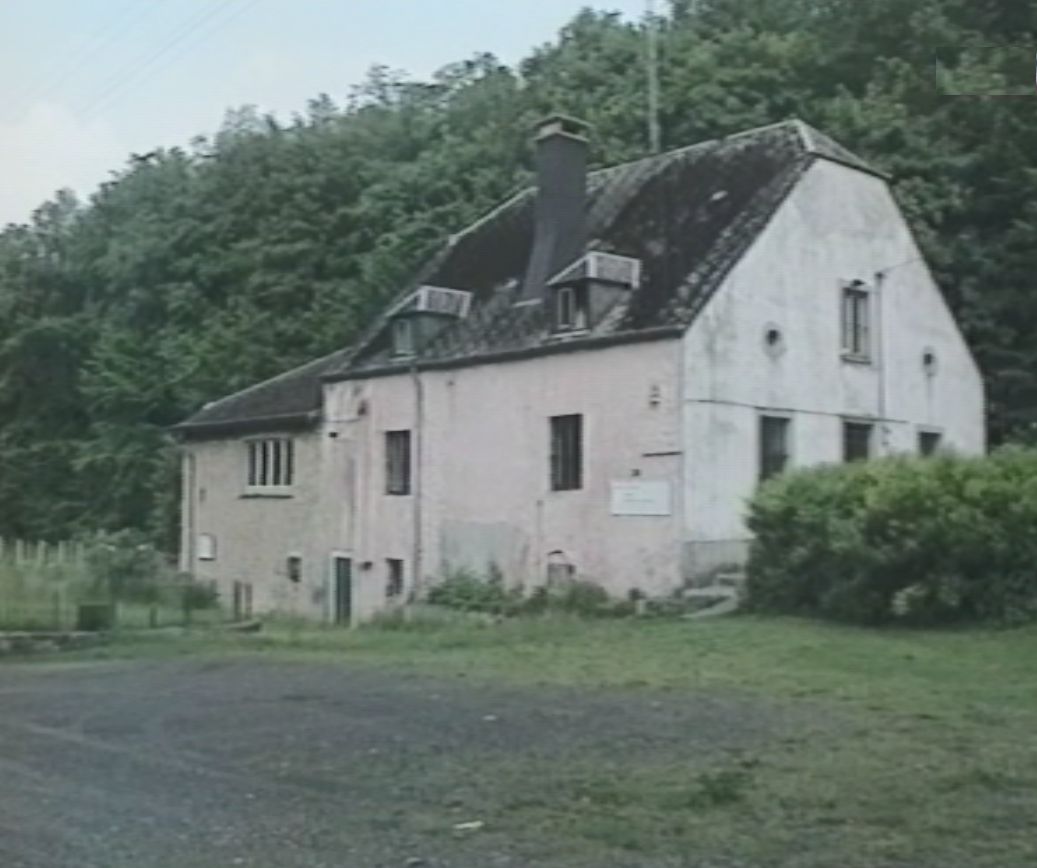
I met her here, because I was cutting in wood and she was coming to get wood to make the fire.
She told me to come home and have some coffee. So I went in her home to drink some coffee, then I lost sight of it.
And then, I don't know… I met her again, still here. I was 17… 19, she was almost 50.
As it was his idea to get married, we got married at the town hall of Ethe.
It was she who wore the pants.
I just had to take it easy.
But it didn't bother me that much.
Whatever she does will be good.
But I was a little in awe of her. She presented well, she knew how to speak.
She married me because I was young and she was alone.
So, like that, she was no longer alone and neither was I.
So there are those who said: "You married her for her money!".
But beware, her money, she sleeps nearby, you don't know how to have a lot of it.
Marital problems and Elisabeth's disappearance
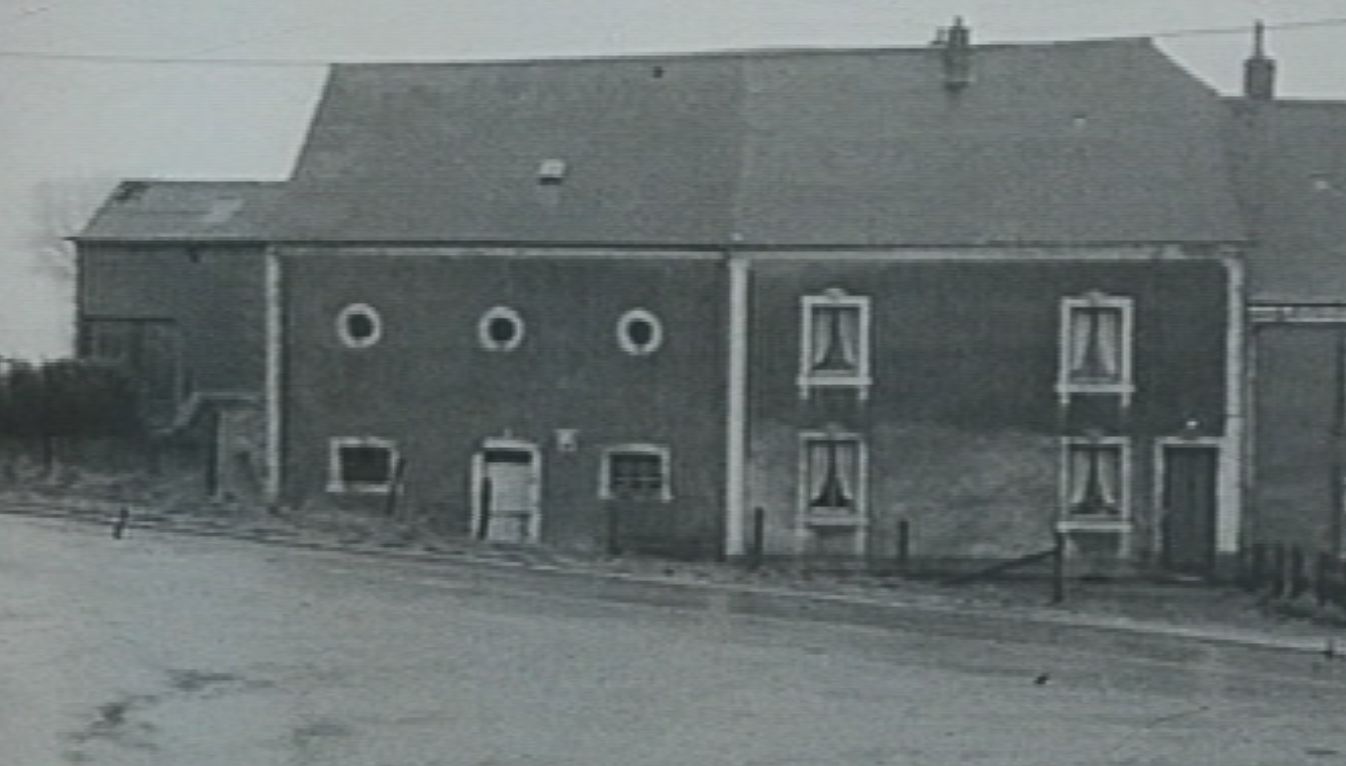
After the marriage, on July 12, 1954, Elisabeth bought a farm in Houdemont, at the current #4 rue de Montavaux.
She completely dominates her husband, she treats him like a child.
Over time, she becomes more and more violent, she threatens him with rifle shots when he returns too late to have stalked in the woods.
She forces him to take up paid work on the other side of the French border.
He receives around 7000 Belgian francs per month, which he must reimburse in full to his wife, who gives him back 100 francs for his "Sunday".
She is very demanding of him and is ashamed of him.
When there are guests, he has to go into the kitchen so as not to be present.

On August 6, 1963, Roger Champenois presented himself to the gendarmerie to declare his wife's disappearance.
He explains that on July 22, so 15 days earlier, he drove her to Arlon railway station because she had to visit an aunt in Wavre.
In fact, she seems to have been away very often to go see this famous aunt, whom one will notice at the trial hearing that she does not exist.
So, she certainly had other less respectable relationships all over the place. Roger did not take offense too much.
So at first nobody worried, since she used to visit this mythical aunt or take little trips.
From there, Roger changes his behavior. He will lead a great life. He tries to sell the valuables on the farm: paintings, jewelry, etc.
He is therefore suspected of having killed his wife.
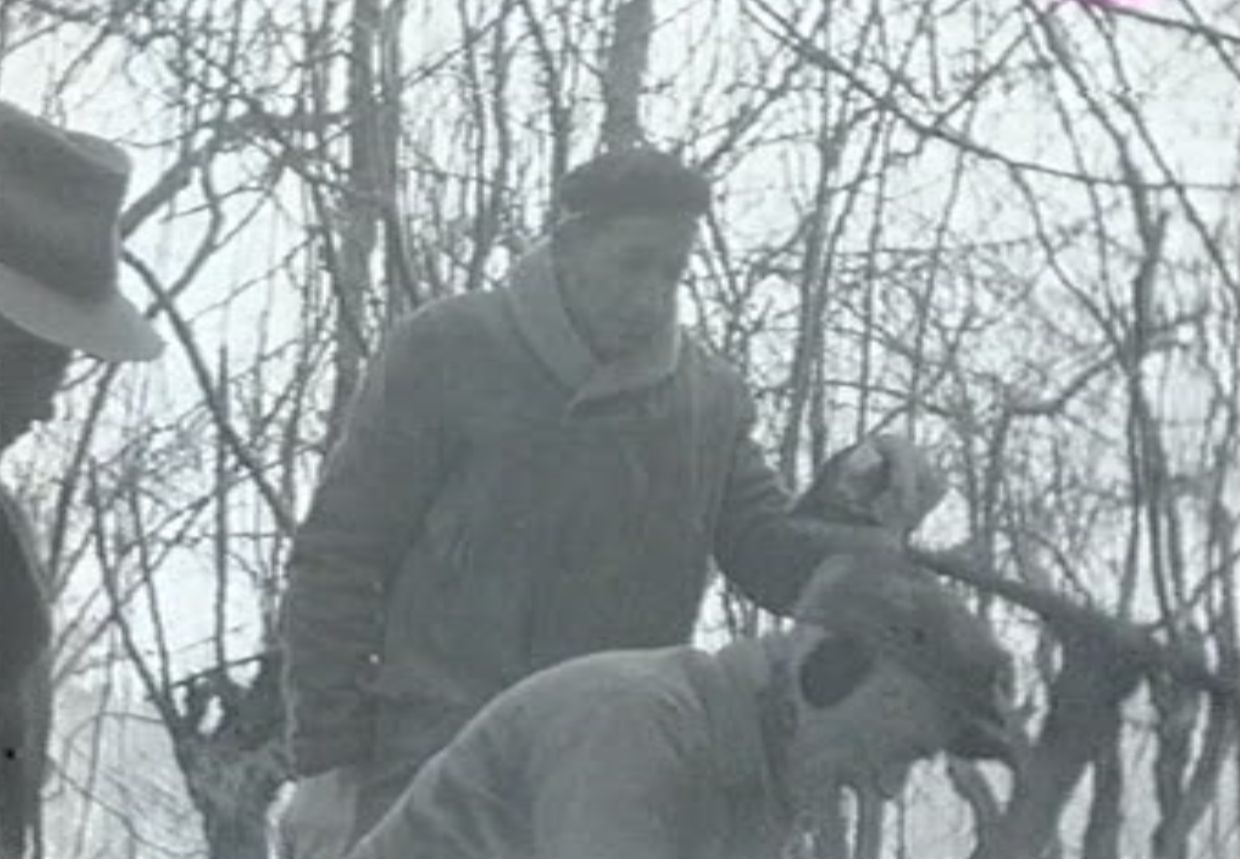
They came, the first alderman and two men to search my house. They emptied the cistern.
Then in the garden. If there haven't been 100 holes in the garden, there hasn't been a single.
Once there was one who was happy because he had discovered a bone. It was the bone of a dog that had died two years ago.
The case is thin, we cannot convict someone without proof and without a corpse, so on June 17, 1964, Roger Champenois was released.
He's looking for work. One is suspicious of him, therefore, one does not accept him.
And he will befriend a certain Roger Darge, who is a kid much younger than him, that he will take under his protection.
He is a handicapped kid in several ways: he had polio, he has epileptic seizures and would have the mental age of a child of 7 years old.
At that time, there was no corpse, nor proof and therefore, the affair could have gone no further if Champenois with his friend Darge had not attacked the village grocer.
Aggression, disappearance and manhunt
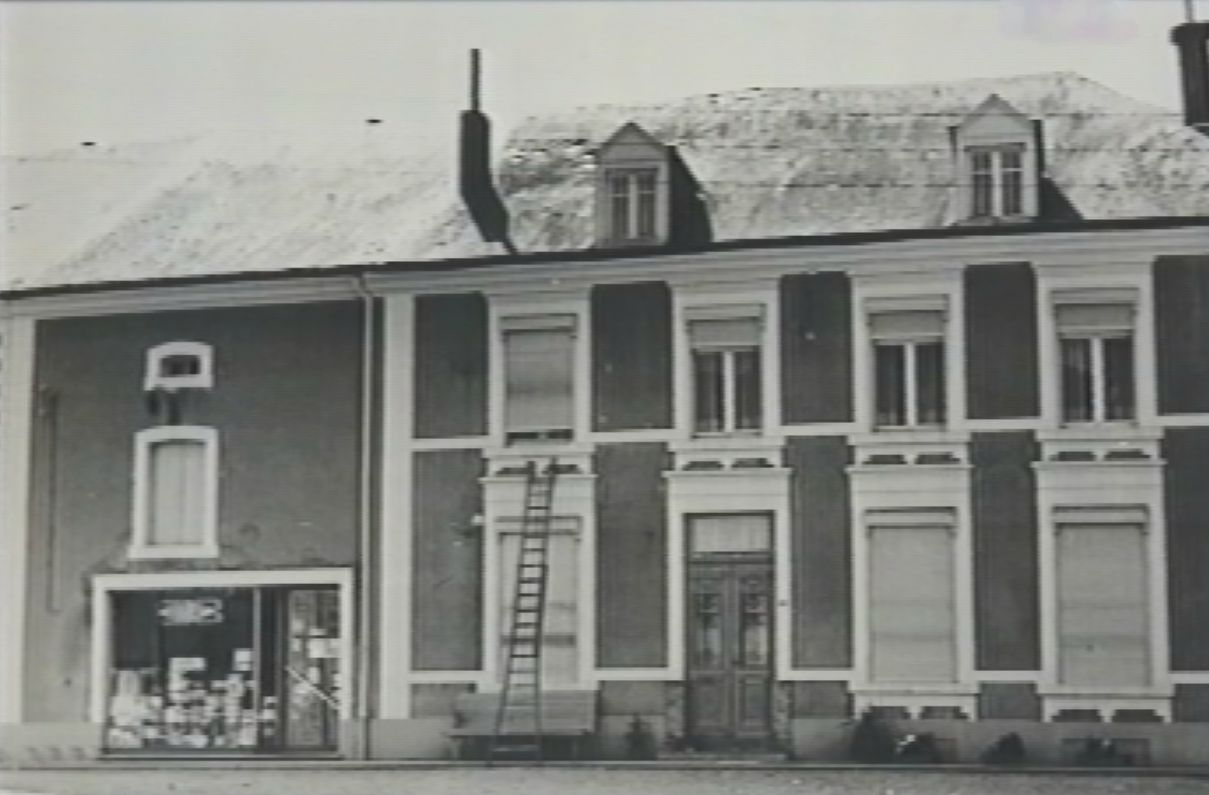
It was the first lick I received, that of the grocer, because she was speaking badly about me and especially my wife.
So if they touched my wife, they touched me anyway.
So I brought the jeep, I put the ladder, I went up and bang, an ax blow to the head.
I hit once with the back of the ax. Blood flowed from the nose.
I didn't want to kill her, otherwise I would have taken the knife that cuts and then I would hit her further.
So I went down to the store, the girl was on the phone.
She phoned the gendarmes. I tell him, "Come over here." So I took a few cans.
I had taken 6 liters of wine, but left them on the counter.
And then I got back into the jeep with her. There was no resistance.
I took her because she was going to start over on the phone. But anyway, she couldn't have done it any more because I had cut the thread.

A little later, the gendarmes find Roger Champenois' jeep in the woods, thanks to Roger Darge who, seized with remorse, went to speak to the village priest.
The girl, Claudine, is inside the vehicle and has not suffered any violence.
But Roger has disappeared.

And it was then, on Sunday August 23, 1964, that a manhunt began with completely new, even mind-blowing means: Champenois is really public enemy number 1.
There are gendarmerie brigades from all the surrounding villages and towns, there are more than 50 armored cars, a small plane, a helicopter, with infra-red, metal detector, there are dogs,…
Even General Thiel, at the time commander of the gendarmerie, have wanted to travel from Brussels to Buzenol, to see the progress of the research and to assist Commander Plainchamp.
The people of the municipality of Etalle and the surrounding area are following the affair in a passionate manner.
Here is what we can see on television at the time.
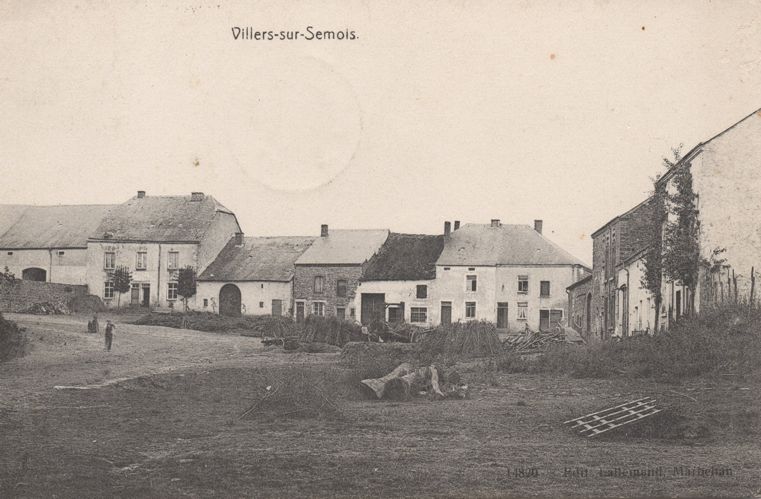
After 10 days of unsuccessful manhunt, on September 1, at 7 a.m., an inhabitant of Villers-sur-Semois alerted the local gendarmerie to say that Champenois had just been seen in the village.
At that time, the patrols were crisscrossing the region and covering quite a bit of territory.
A patrol was therefore able very quickly to present itself at the exit of the village, in the wood of Rastad and saw Champenois leaving the road and plunging into the forest.
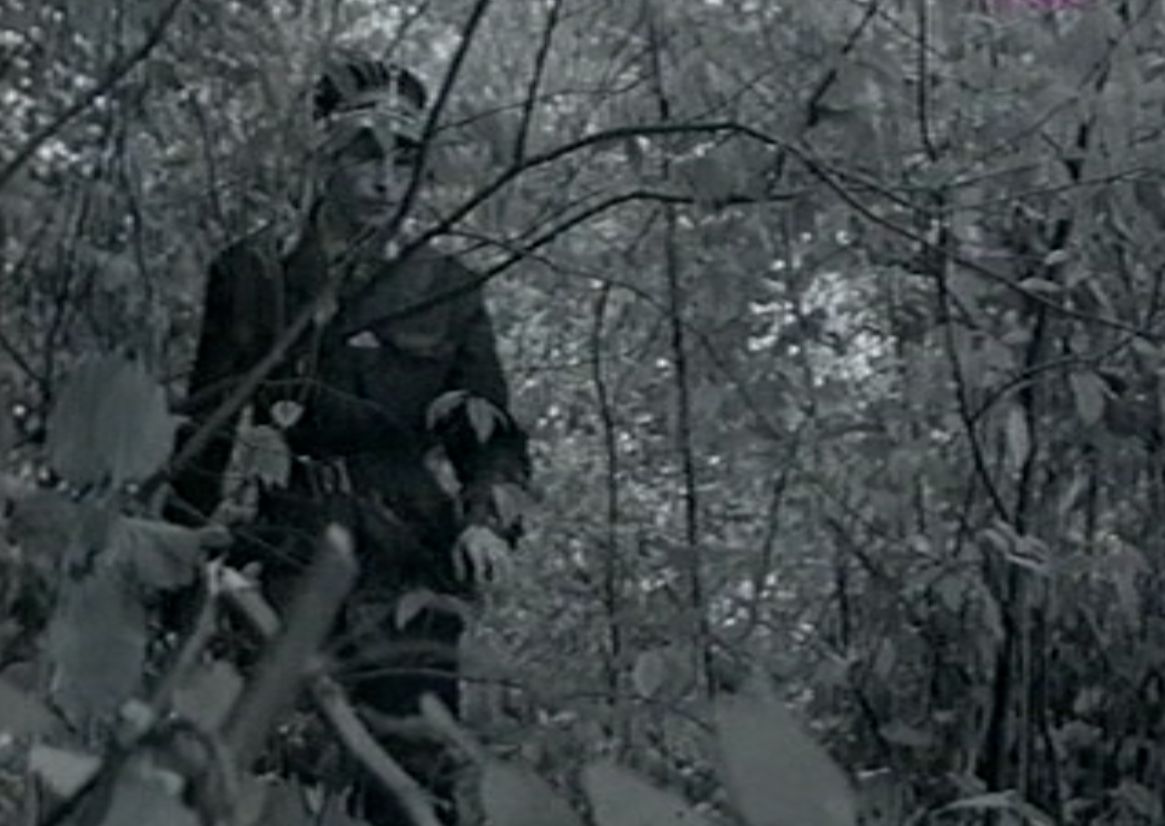
I climbed into an oak tree. They all passed, they were discussing, but unfortunately there are two gendarmes who approached, a French and a Belgian, with a dog.
I had peed up there and the drops fell on the floor and the dog smelled the drops of urine.
Because at that time, at 7 o'clock, there was still dew after the trees. If there hadn't been, the urine would have stuck to the leaves, but since there was dew, with the urine, it overloaded and the drops fell.
The dog stopped, then he looked up and they saw me.
They asked me to come down. I said "No, I'm not going down."
So, there is one who dedicated himself well, because there are some who would have turned around, but he pulled the cap, he put on his uniform and he climbed to the top of the tree.
I didn't know that a gendarme climbed up trees like that.
Trial, prison and confession
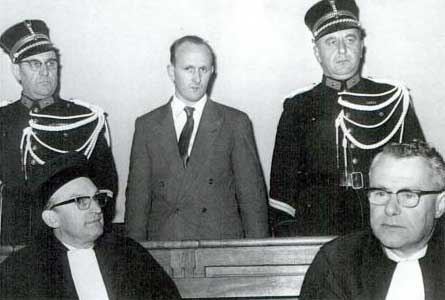
It was on October 25, 1965 that the trial of Roger Champenois in Arlon began.
He does not deny the story of the grocer, without any remorse for that matter, but he still denies having done anything to his wife.
After 3 hours and 20 minutes of deliberation, the jury, by 7 votes to 5, declares Roger Champenois guilty of the murder of Elisabeth Danniau, but without retaining the premeditation.
The court sentences him to hard labor for life.
This verdict, it was Jean Mergeai, the writer of Mortinsart, then deputy of the king's prosecutor, who demanded it.
In prison, in Louvain, he is an exemplary prisoner and benefits from temporary leave with a couple with whom he has established friendly relations.
One day, however, he does not resist the temptation and goes to find his dear forest which he misses so much.
He was picked up shortly after in Mussy-la-Ville and the gendarme who escorted him to Arlon prison sympathized with him.
He often visits him in prison and one day, 14 years after the events, Champenois confesses to him that his wife is indeed dead and that he buried her under a slab in the stable of the farm in Houdemont: "like that, she was all right, there, at her place ... ".
End of the story

Champenois was granted parole at the beginning of 1978.
He returned to the forest, worked for a time with a butcher, then he created, 3 km from Mussy-la-Ville, on the road to Bleid, hidden by the edge of a wood, a camp with a decommissioned trailer around which he raises geese, chickens, rabbits ...
In front of his estate, the beautiful landscape of Gaume extends to the horizon.
At the entrance, he puts up a "Private Property" sign.
He died a natural death at the age of 76 in a retirement home in Sart-lez-Spa on August 25, 2005.
So, did Roger Champenois really kill his wife?
If, at the time, the Gaumais public feared him, it was a fear mixed with a certain sympathy, even admiration.
It was like when children play gendarmes and thieves, you always admire the one who wins against the police.
And his run in the woods by keeping such a deployment of law enforcement in check has made him a sort of hero, at least in retrospect.
He was also the simple woodcutter of the forest and the countryside against the arrogant chatelaine with luxury tastes.
For the rural population of our regions, the choice was quickly made.
An article in the weekly review "Le Pourquoi Pas" of 1964 (before the trial) also gives a good idea of the feelings of the population at the time.

Nobody was insensitive to this sort of rustic and taciturn "trickster", even the representatives of the order, like gendarme Nathalis who gently dislodged him from the tree, or Chief Warrant Officer Mahu to whom he ended up confiding at the end of his sentence, but also this couple of jewelers from Tournai who came to see him at Louvain prison and who welcomed him when he was on leave, and even Jean Mergeai who, by profession, had demanded prison for him, had remained on good terms with Roger Champenois and saw him regularly, as at the feast of the cabus in Mussy-la-Ville in 1989.
But a doubt still subsists in the population and many are not quite convinced of his guilt in the murder of his wife.
True, he ended up confessing and showing where he hid the body.
But his version of the facts, or rather his different versions of the facts, remain quite mysterious and continue to raise doubts.
He will first say that it was an accident: he had come home very late and she was waiting for him at the top of the stairs with a gun, they bickered and she fell.
She was badly injured and he did nothing to help her. It would then have been a question of failure to assist people in danger.
But in a later version, he still added that he "helped" her die a little by strangling her with a curtain cord.
At the farm in Houdemont, under the slab that Roger Champenois had indicated, one finds there the body of Elisabeth Danniau, with still jewels on it, of which a ring on the finger with the inscription "Betty and Roger" and with the cord around the neck ...